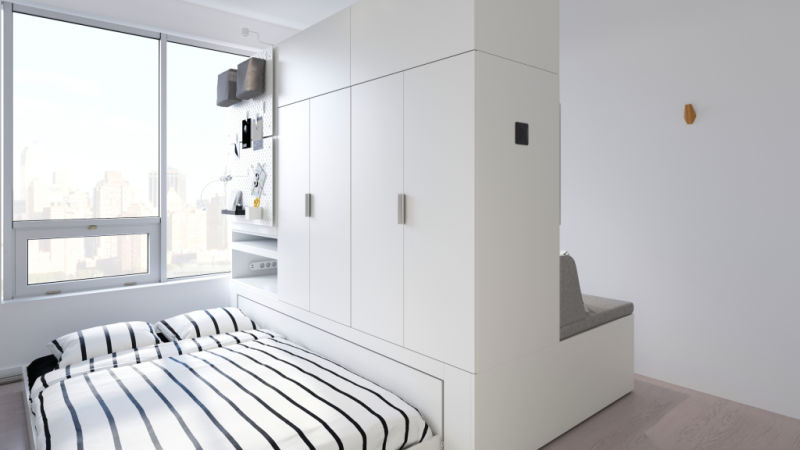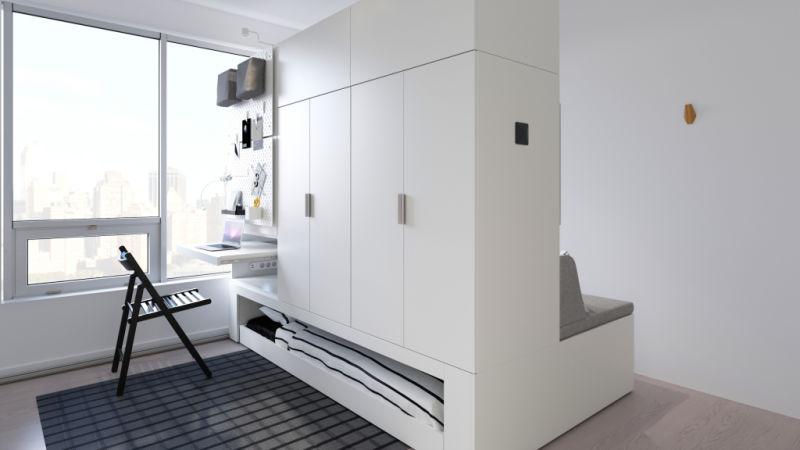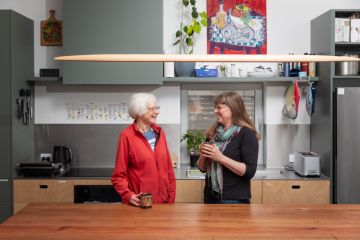Ikea to release robotic furniture in some countries in 2020
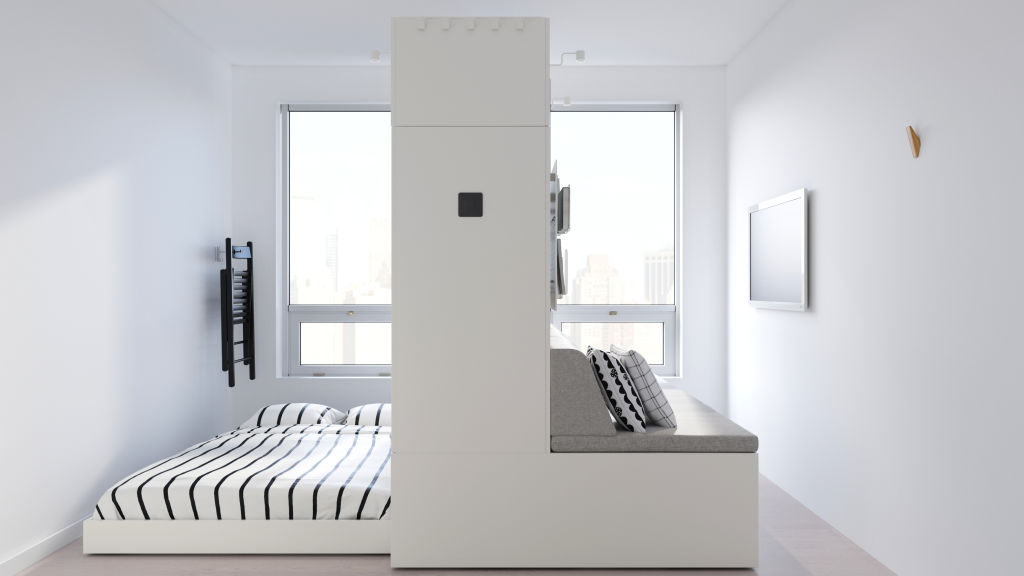
Robotic furniture will hit Ikea stores next year, enabling customers to transform their homes at the click of a button.
With living spaces in cities across the world shrinking, the Swedish homewares giant has joined forces with a US start-up to deliver robotic furniture that will make small spaces adaptable.
The first launch of the furniture, dubbed Rognan, will be in Hong Kong and Japan next year, says Seana Strawn, product developer for new innovations at IKEA of Sweden.
“We know that some of the biggest challenges in peoples’ homes are storage and finding the place to do all the activities that you’d want to do … this is especially the case in big cities where people have to make compromises in the functions of their homes. We wanted to change that,” Ms Strawn said.
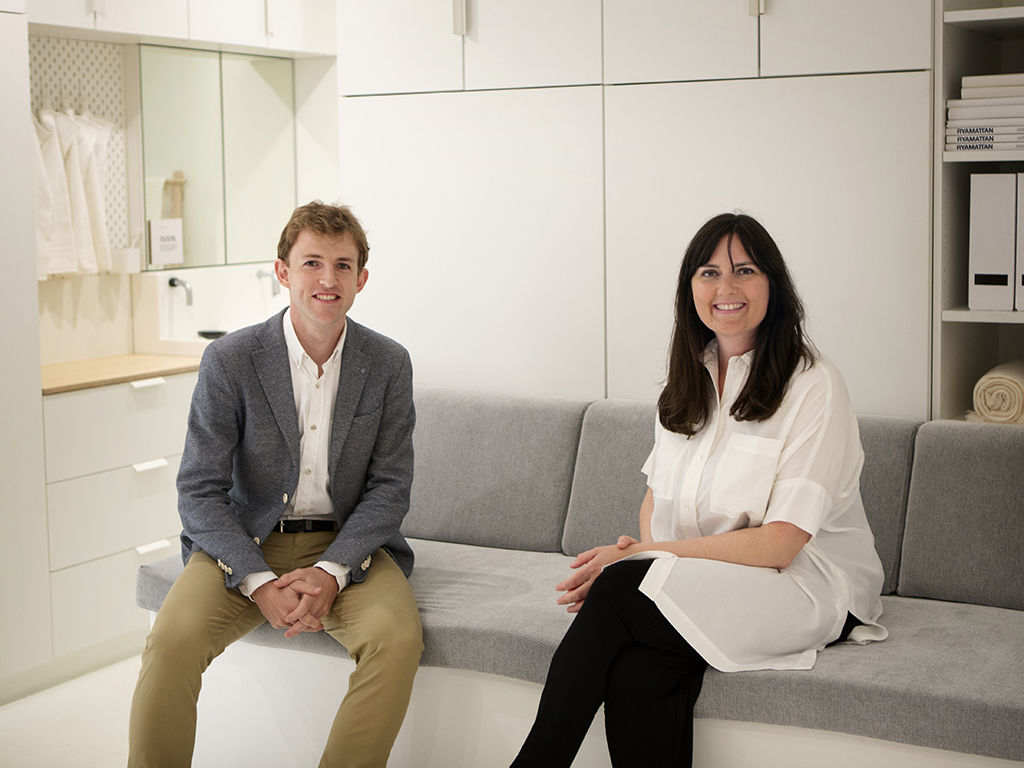
The automated furniture — unveiled this week at Ikea’s annual Democratic Design Days conference — can be shifted to provide a further eight square metres of living space, that can allow a single space to have multiple functions. In a studio apartment it could enable a single space to serve as a living room, bedroom or study.
It is a combination of Ikea’s existing Platsa storage solution and the robotic platform of the Boston-based Ori, which launched out of the Massachusetts Institute of Technology in 2015. It already has several pieces in the market throughout the US.
“Instead of making the furniture smaller, we transform the furniture to the function that you need at that time. When you sleep, you do not need your sofa. When you use your wardrobe, you do not need your bed etc,” Ms Strawn said.
It’s aimed at making spaces as small as 10 square metres more liveable, said Ori founder and chief executive Hasier Larrea.
“When we started the collaboration … we looked at typical smaller sized apartments in Japan and Hong Kong and we found out that a typical size was like three metres by 3.5 metres, which is very small, so we said ‘let’s design a solution that works for that, because if it works for that it’s also going to work for [larger apartments too]’.”
Ori is already working with big developers in the US and more in Australia have already expressed interest in the technology, Mr Larrea says.
“We’ve got requests from Sydney and Melbourne, a lot of developers from those places have contacted us … I don’t have a date for you, but it is definitely going to make it to Australia,” he added.
While it has been hard to crack into the slow-moving development industry, Mr Larrea says, Ori is now across more than 45 buildings in the US.
“All of them want to try us first [with one or two systems] but now this year for the first time there is … going to be buildings where 50 systems are put in, where they have it in every apartment,” he said.
He noted the product would launch first with a trial in Hong Kong and Japan, as solutions for micro-apartments were in strong demand.
“You’ve got the worst case here, the most difficult scenario and also the people that probably need it the most in the world right now,” Mr Larrea said. “It’s the right place to start but with the idea that this is a broader problem … this is not a Japan or Hong Kong problem only, this is a global challenge.”
The reporter travelled to Sweden courtesy of Ikea.
We recommend
We thought you might like
States
Capital Cities
Capital Cities - Rentals
Popular Areas
Allhomes
More
- © 2025, CoStar Group Inc.
